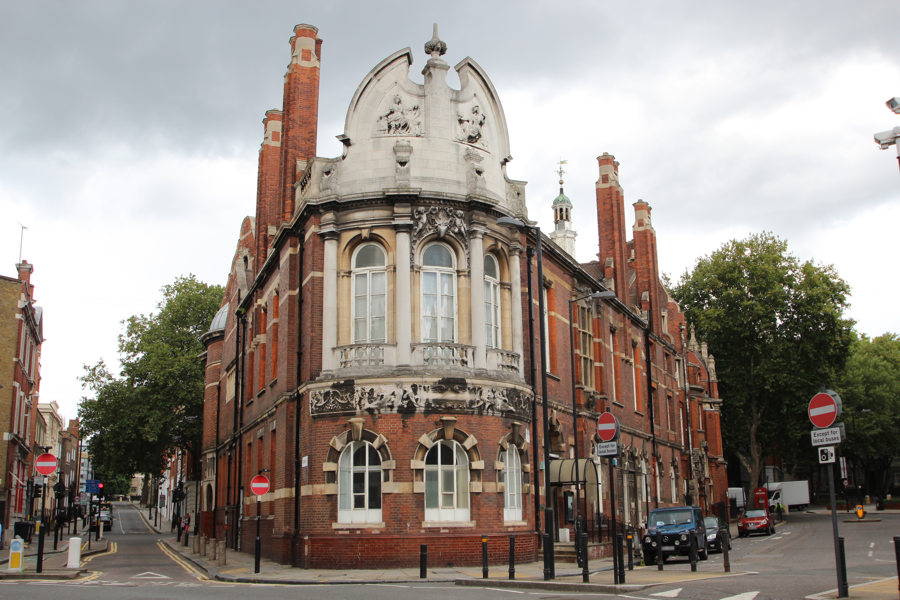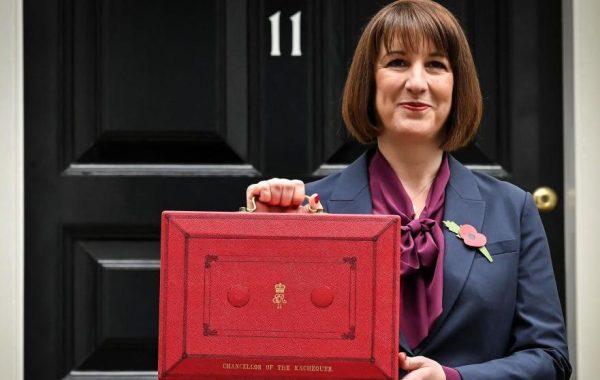Exploring the Regulatory Framework: A Comprehensive Insight into the Islington and Finsbury Building Regulations
In the heartbeat of London, where the pulse of history flirts with the rhythm of innovation, a clandestine ballet unfolds, choreographed by the Islington Finsbury Building Regulations. As if possessed by an unseen maestro, these regulations pirouette through the architectural landscapes of Islington Finsbury, crafting a mesmerizing dance between tradition and avant-garde expression. In this narrative, let’s step into the grand theater of urban design, where the regulations are not mere rules but performers in a captivating ballet of brick and mortar.
Imagine a borough where the architecture whispers tales of an elegant bygone era, where every stone laid is a note in a timeless waltz. Islington, with its Georgian finery and Victorian allure, stands as a ballroom where the past and present twirl hand in hand. The regulations here are not stern overseers but enchanting partners, ensuring each architectural pirouette preserves the grace of yesteryears.
As the cityscape waltzes through cobblestone streets, the regulations meticulously guide the rhythm. The symmetrical elegance of Georgian windows, the poetic flow of wrought-iron railings – these are not accidental nuances but deliberate steps in a dance of preservation. Islington’s regulations are the dance instructors, crafting an architectural ballet where the beauty of heritage takes center stage.
On the flip side of the architectural spectrum, Finsbury emerges as a rebellious soloist, a dancer unafraid to break convention and embrace the avant-garde. Here, regulations are not chains but rather the spirited notes in a contemporary ballet. Glass-clad skyscrapers pirouette against the skyline, each turn and twist guided by regulations that encourage innovation without overshadowing the past.
Height restrictions become acrobatic feats, material specifications transform into daring leaps, and environmental considerations morph into the ethereal music accompanying Finsbury’s architectural performance. The regulations in Finsbury are not dictators but dance partners, encouraging architects to push boundaries while maintaining the harmony of the ensemble.
Beneath the surface of this architectural ballet lies a profound commitment to sustainability, a pas de deux between the built environment and ecological consciousness. Islington and Finsbury, in their synchronized movements, embrace green spaces like secret garden rendezvous, offering respite amidst the urban bustle.
The regulations, akin to eco-choreographers, dictate the use of sustainable materials, the incorporation of energy-efficient technologies, and the creation of rooftop gardens that pirouette towards the sky. This eco-friendly ballet transcends the realm of regulations, transforming them into partners in a dance that harmonizes urban development with environmental stewardship.
Yet, the most enchanting aspect of this architectural ballet is its community-centric choreography. Islington and Finsbury’s regulations are not autocratic directives but rather invitations to a communal dance. Public consultations become vibrant ensemble performances where the community’s dreams and desires join the ballet.
Residents, architects, and regulations engage in a collaborative ballet, shaping the urban stage together. These regulations are not rigid scripts but flexible frameworks shaped by the collective voices of the people. In this communal ballet, the built environment becomes a living, breathing art form, a reflection of shared dreams and aspirations.
As the curtain falls on the architectural ballet of Islington and Finsbury, one can’t help but marvel at the grace of the regulations orchestrating this symphony. They are not stern enforcers but dance partners in the intricate choreography of urban design. Islington Finsbury Building Regulations, in their creative subtlety, craft a ballet where tradition and innovation dance, sustainability pirouettes, and community engagement twirls in harmony. In their unseen elegance, these regulations become the invisible artists shaping an ever-evolving masterpiece of brick, mortar, and community spirit.





